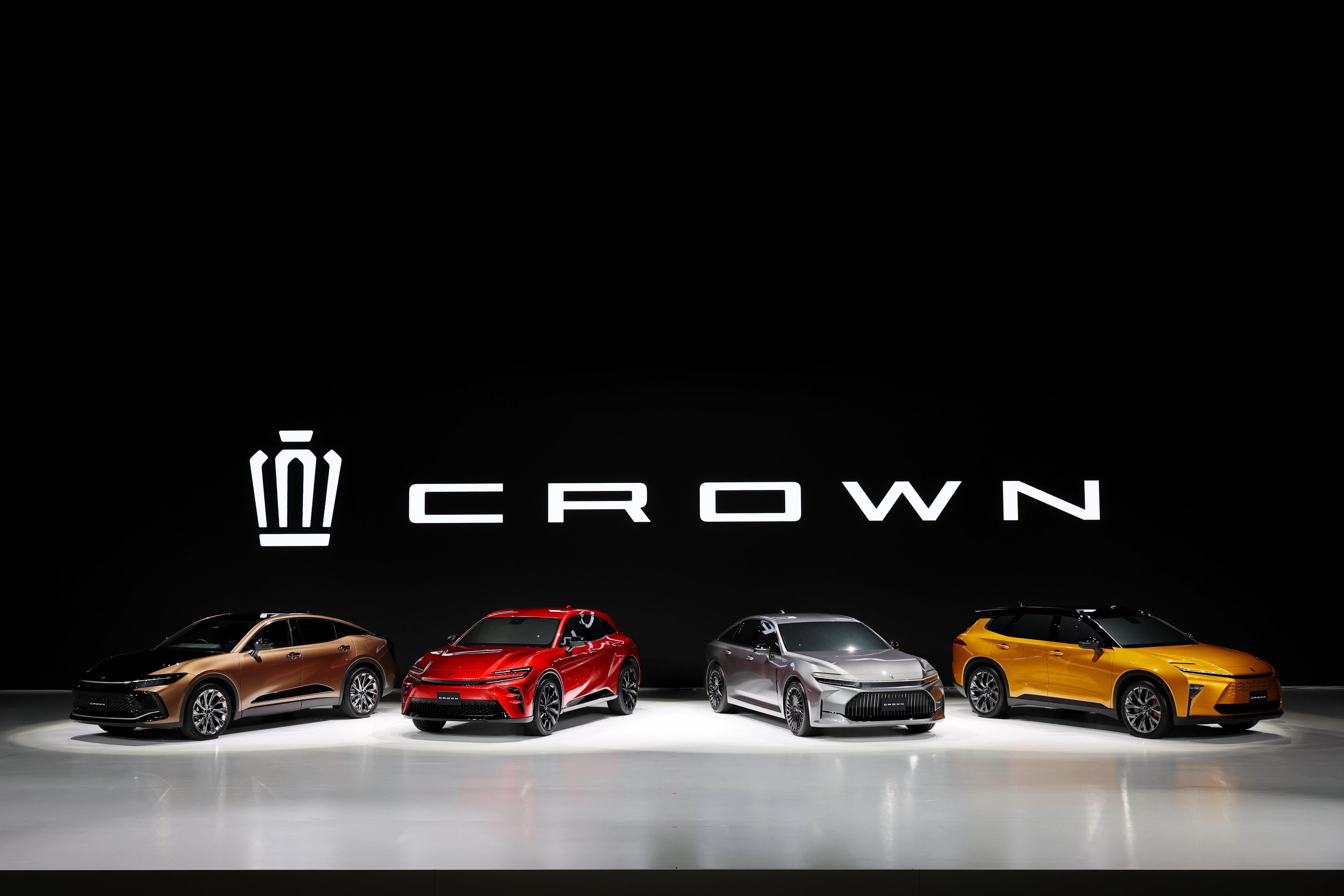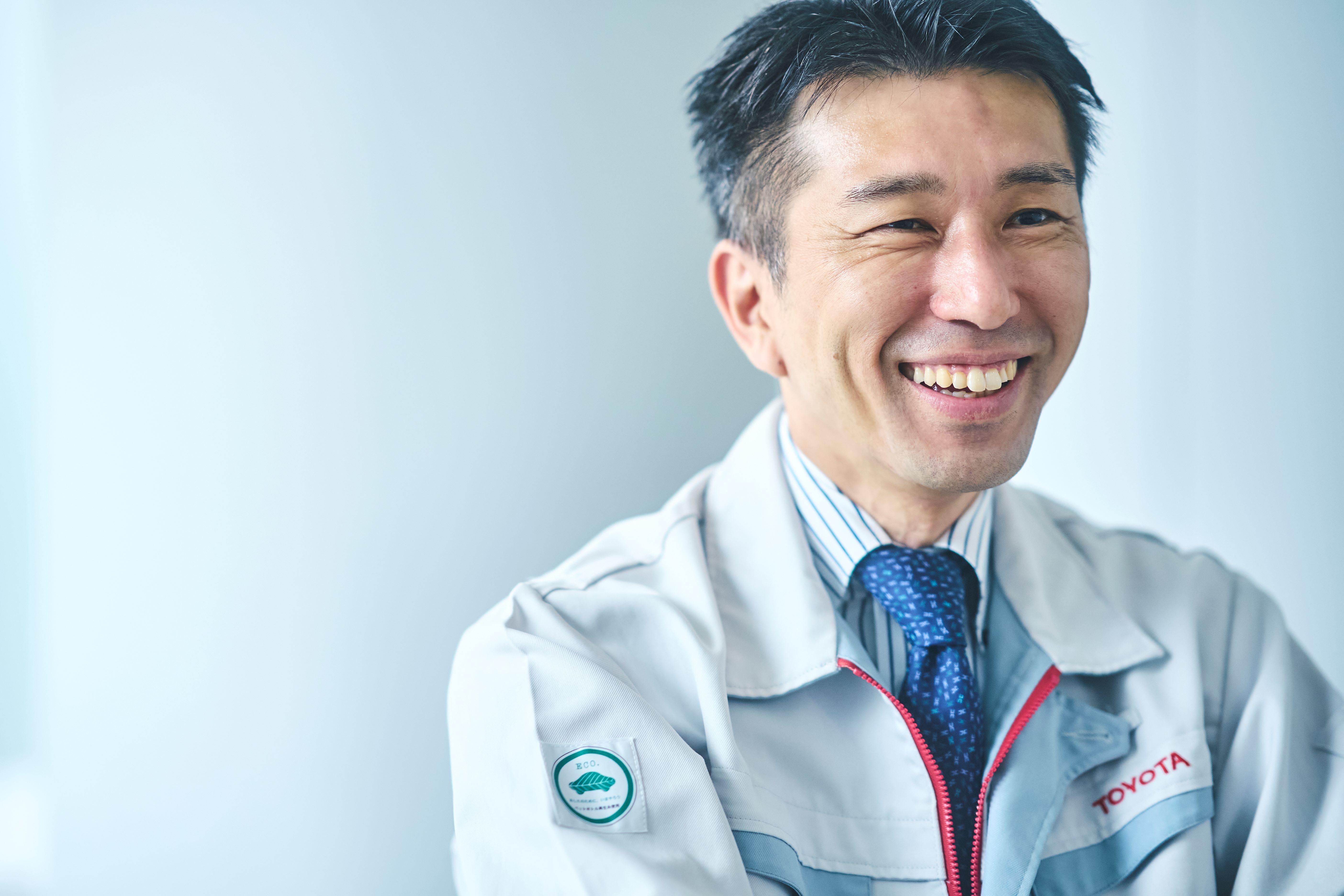
The Crown Sport recently arrived as a new form of sport SUV. What changes in the carmaking genba enabled the development team to attempt something different?
A “prevailing sense of ownership” in the new Crown’s development
Yuji Honma led the hands-on development work on the ground for both the new Crown Crossover and the Sport, as well as the forthcoming Estate.
As mentioned, for the Crown Sport, he sought to create an “exhilarating car that wows customers” from the exterior and interior design to the way it drives.
According to Honma, what enabled every project member to continue taking on new challenges without fear of failure was “a prevailing sense of ownership” in the carmaking process.
Behind this lies a necessary “break with the function-centered mentality” in the pursuit of ever-better carmaking.
Honma

A function-centered perspective means seeing yourself as a suspension engineer or a designer. There was a time when car manufacturing was strictly divided by function.
For years now, however, the message from the top has been to “make ever-better cars” and “be carmakers,” which spurred a major shift in the mindset that has naturally permeated through to every project, not just the Crown.
The mentality is no longer “I am a suspension engineer, so I look after the suspension,” but rather, “Let’s look at the Crown as a car.”
At the new Crown’s launch in July 2022, Vice President Nakajima explained that the Herculean task of developing four models in tandem was made possible by Toyota’s in-house company system and the Toyota New Global Architecture (TNGA).
The in-house company system was adopted in 2016 to overhaul the established development process. For example, the separate product planning and development phases were brought under a single team, boosting professionalism among all involved and facilitating even closer communication.
The TNGA, meanwhile, was conceived in 2012 as a revamp of Toyota’s vehicle platforms and powertrains to create ever-better cars. The aim was to drastically improve basic performance through integrated development.
Now, these efforts have borne fruit in the development of the Crown Sport.

For the first time in the model’s history, the new Crown offers four body variations: Crossover, Sport, Sedan, and Estate.
“In an age of diverse values, we proposed four vehicle types out of a desire to offer a personalized Crown, catering to the different lifestyles and life stages of individual customers,” says Honma.
Honma
I believe the shared philosophy of ever-better carmaking among all Toyota employees is about putting smiles on our customers' faces.
To offer a car that makes customers smile and suits their wide-ranging lifestyles, we started by asking ourselves what would make a truly great Crown for the current age. We explored various body types before ultimately narrowing it down to these four models.
Getting these four variations swiftly into the hands of customers required super-fast development. As we’ve already seen, the Crown Sport had a timeframe of just 21 months.
In such circumstances, alongside TNGA and the in-house company system, Honma emphasizes the importance of boosting the “degree of completion” in early development.
Honma
For example, exterior design involves a designer making sketches, which engineers turn into blueprints, followed by body prototyping and the mass production phase.
Take the Crown Sport’s rear fender design. By having designers and production engineers involved from the initial design phase, you can create a design that factors in aspects such as blueprints and mass production, boosting the degree of completion and slashing development times.
Instead of a sequence of separate processes handled by different departments, this integrated approach brings them together, boosting the level of completion and enabling us to shorten the development timeframe.
Honma believes the team’s ability to tackle these new challenges throughout the project stems from the widespread attitude that, to make ever-better cars, “we must not be afraid of failure.”

Honma
In the words of Chairman Toyoda, we need to “step up to the plate.” If you’re making mistakes, it means you’re pushing yourself. Even if you have no hits from ten at-bats, the organization needs to be set up to support whoever is standing in the batter's box.
With the culture that has taken root in Toyota’s carmaking genba, our leaders say, “Nice try,” and everyone helps each other out when things don’t go right. I feel that this approach has once again borne fruit with the new Crown.
Honma describes how the spirit of taking on challenges and the circle of teamwork cultivated through the new Crown project continues to expand, with members who toiled hands-on for the Crossover going on to serve as leaders for the Sport and being assigned to develop other models.
From planning to development and production, the spirit of “innovation and challenge” will no doubt continue to grow with every endeavor, taking Toyota’s ever-better carmaking to new heights.

